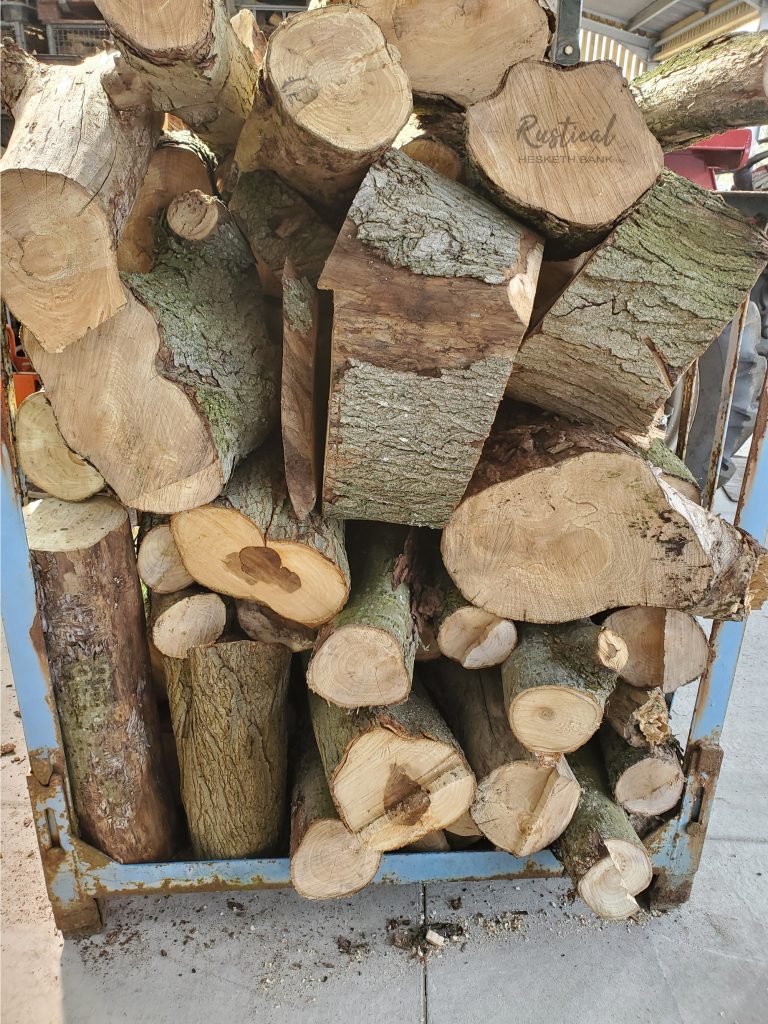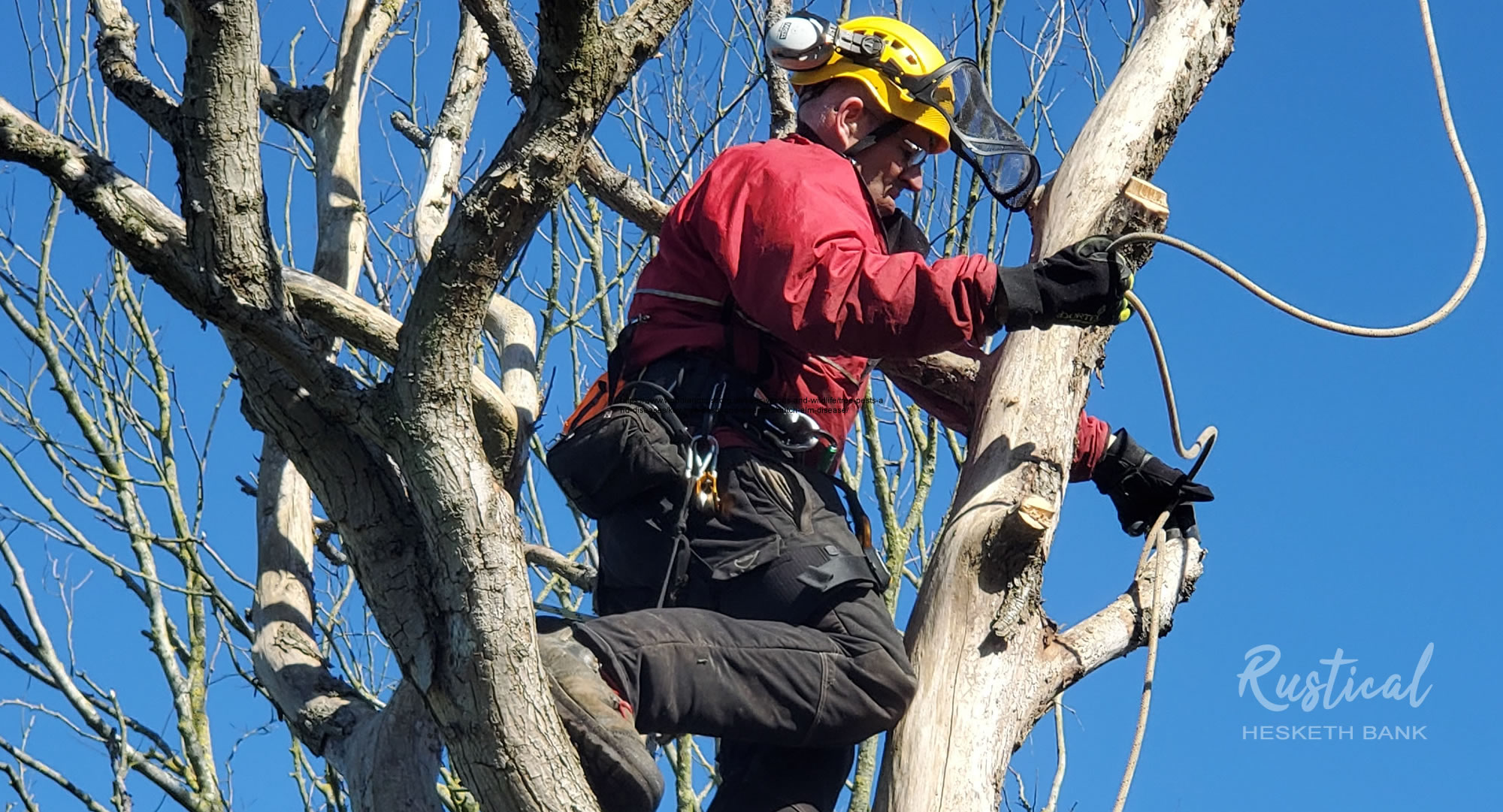Dutch Elm disease is not a thing of the past and is still a problem for the long suffering trees that survived the wave of disease that spread in the 1960’s. The disease is spread by beetles who bore through the bark of the elm. We count ourselves lucky to still have a few elm trees that used to line an old cart track but once they get to a certain height they become infected and so never reach maturity. As the trees are located alongside a public footpath we have to take particular care of them to mitigate the dangers of falling branches to walkers.
Climbing dead trees can be dangerous but as the trees all leaned towards a fence and the footpath they had to be dismantled rather than felled.
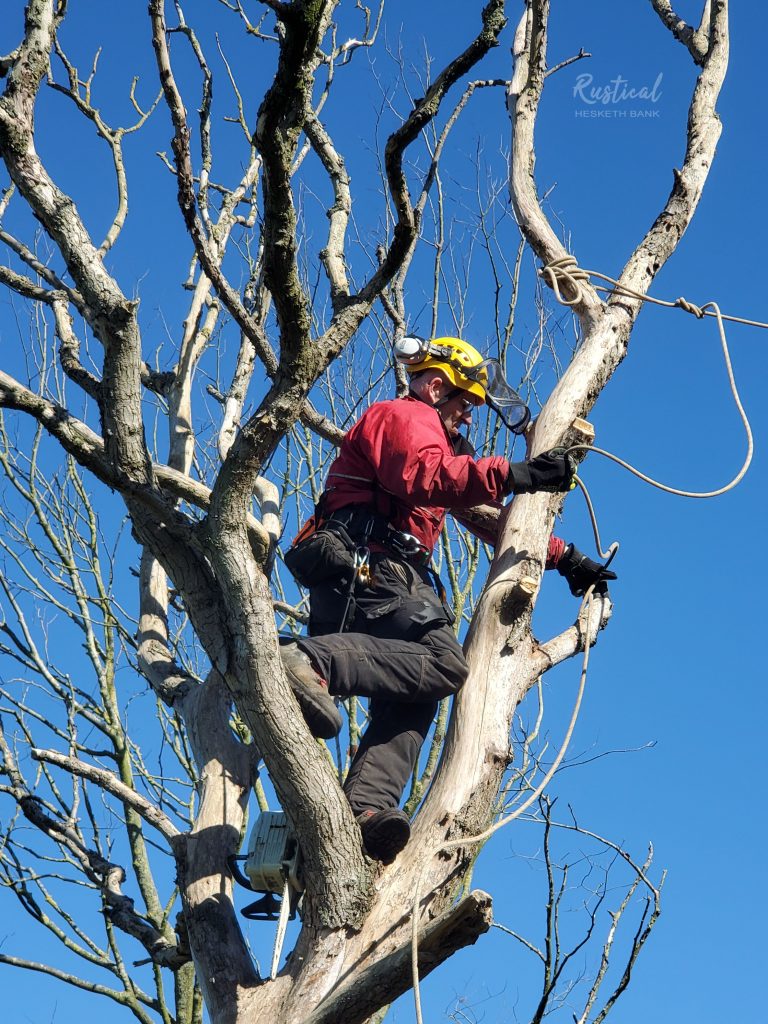
Even though the trunk of this elm was badly diseased, it is likely that it will coppice and new growth will appear from the stump.
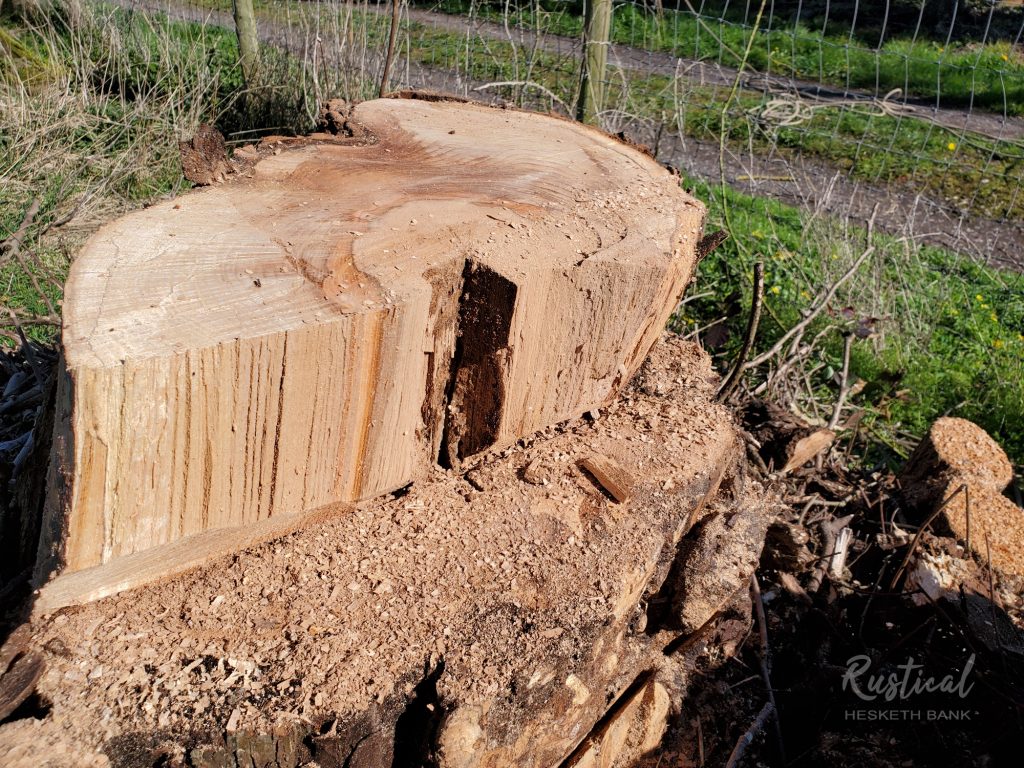
Where it is safe to do so, the tree is made safe but left so that some standing dead timber as a host for wildlife. Up to a fifth of woodland species depend on dead or dying wood to complete their life cycles.
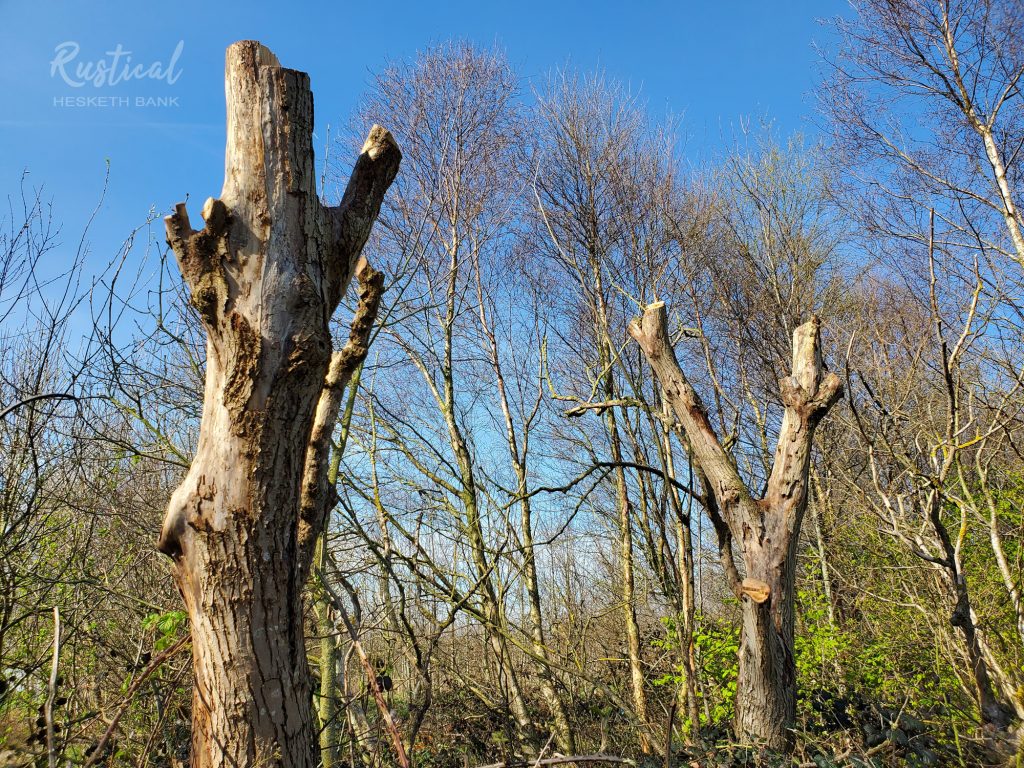
The wood that is removed will be used primarily for crafts including woodturning with any waste being collected for firewood as a last resort.
